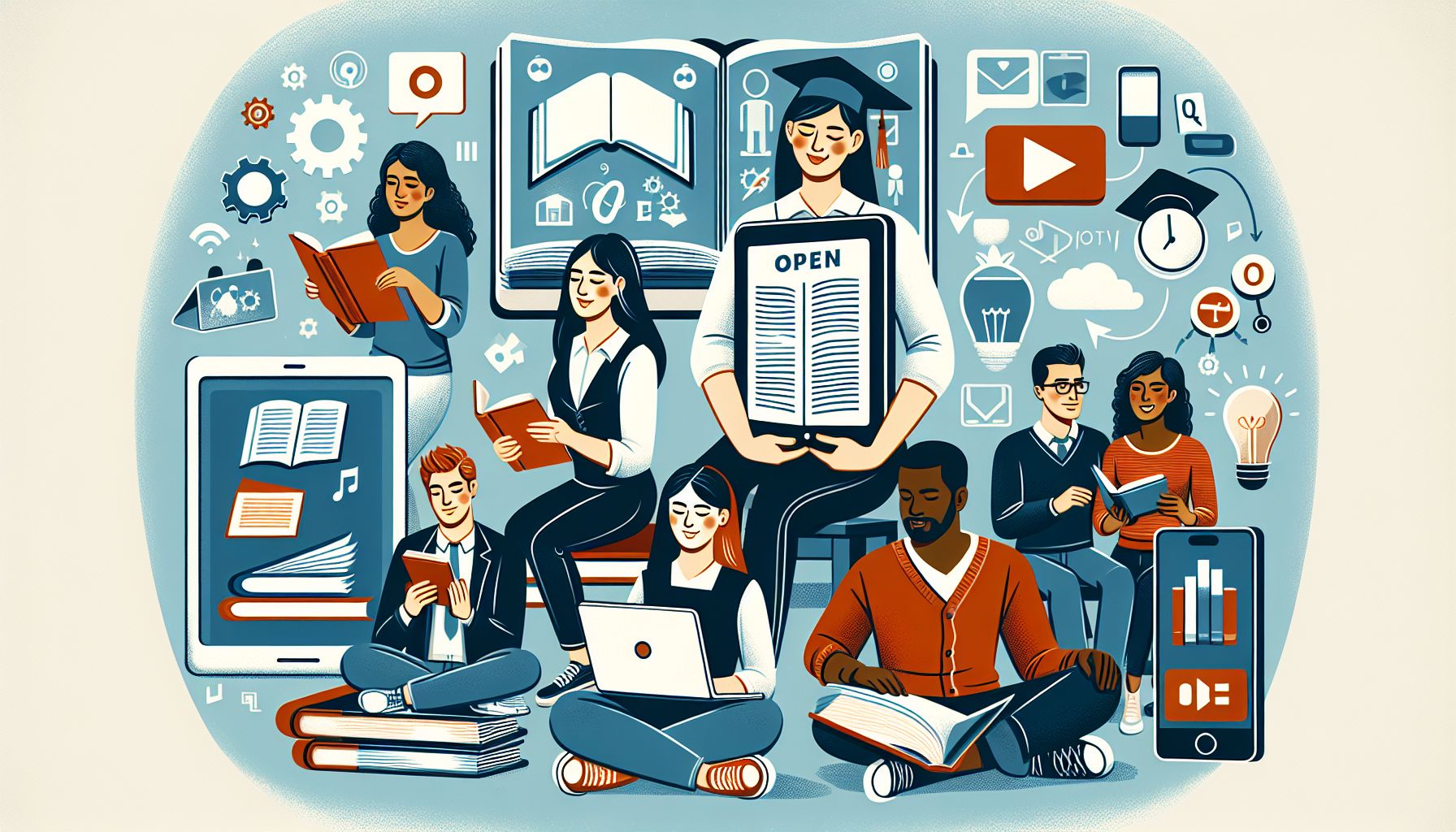As university students, we all understand the financial burden that comes along with our pursuit of knowledge. From skyrocketing tuition fees to expensive textbooks, the cost of education can sometimes feel overwhelming. However, there is a glimmer of hope for students seeking cost-effective and accessible learning tools: open educational resources (OER).
Introduction to Open Educational Resources
Open educational resources, commonly referred to as OER, are freely accessible digital materials that can be used for teaching, learning, and research purposes. These resources include textbooks, lecture notes, course materials, videos, and much more. The best part? They are available to everyone, without any restrictions or costs.
The Benefits of Open Educational Resources
-
Cost-Effectiveness: The primary advantage of OER is their cost-effectiveness. Traditional textbooks can be prohibitively expensive, often costing hundreds of dollars each semester. By utilizing open educational resources, students can save a significant amount of money and allocate those funds towards other educational expenses or necessities.
-
Accessibility: OER provides an unparalleled level of accessibility to learning materials. With digital resources readily available online, students can access them anytime, anywhere. Whether it’s studying at the library or reviewing course materials on a smartphone during a commute, OER allows for flexible and convenient learning.
-
Diverse and Up-to-Date Content: Open educational resources are not limited to a single perspective or edition. Unlike traditional textbooks that might take years to update, OER can be constantly revised and improved by experts in the respective fields. This ensures that students have access to the latest information and research, enhancing the quality of their education.
-
Customizable Learning Experience: OER enables instructors and students to customize the learning experience to meet their specific needs. Professors can modify resources to align with their teaching methods, while students can adapt materials to suit their individual learning styles. This fosters a tailored educational journey that promotes engagement and retention.
Where to Find Open Educational Resources
Now that we’re aware of the advantages of utilizing open educational resources, let’s explore some of the best platforms where university students can access these valuable learning tools:
-
Open Textbook Library: This platform hosts an extensive collection of open textbooks that cover a wide range of subjects. From business and history to mathematics and science, there’s bound to be a resource to supplement your learning.
-
MERLOT: As one of the oldest and most renowned OER repositories, MERLOT offers a vast array of learning materials, including textbooks, course modules, and simulations. With its comprehensive rating system, you can trust the quality and relevance of the resources you find.
-
OpenStax: Created by Rice University, OpenStax provides free peer-reviewed textbooks for major college courses. Their resources offer comprehensive coverage, aligning with standard curricula, and ensuring academic rigor.
-
MIT OpenCourseWare: Massachusetts Institute of Technology (MIT) offers free access to virtually all their course materials, including lecture notes, assignments, and exams. This resource is especially valuable for students interested in challenging themselves with advanced materials.
-
Khan Academy: Initially geared towards primary and secondary education, Khan Academy has expanded its content to cater to university students as well. With video lectures and interactive exercises, it offers an exceptional resource for supplementing your learning or exploring new subjects.
-
OpenLearn: The Open University’s OpenLearn platform provides a wide variety of free courses, study materials, and articles. Whether you’re looking to expand your knowledge or dive into a specific topic, OpenLearn is a valuable resource to consider.
Embracing Open Educational Resources for a Better Future
The world of education is rapidly evolving, and open educational resources are at the forefront of this transformation. By embracing open educational resources, university students can access high-quality, affordable learning materials that foster engagement, flexibility, and lifelong learning.
Next time you need a textbook or additional study materials, consider exploring the world of open educational resources. Let’s capitalize on this incredible opportunity to make education more accessible, affordable, and enriching for every student, regardless of their financial circumstances. Open up to the world of open educational resources and embark on an educational journey like never before!
Note: University and college policies may vary on the acceptance and endorsement of open educational resources. Always check with your institution to ensure compatibility with your academic requirements.

